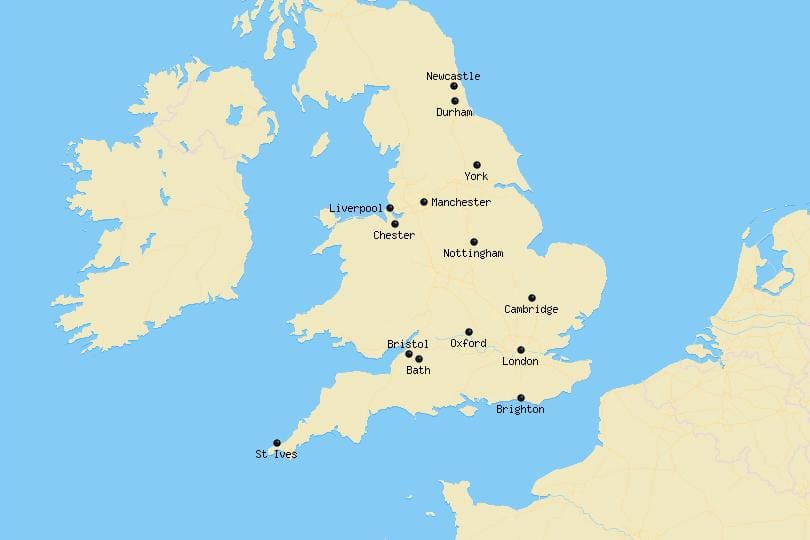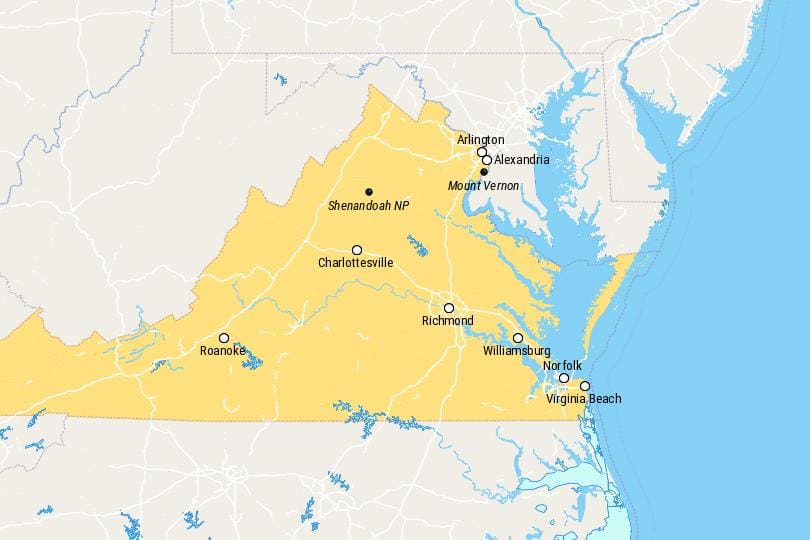Harike Wetland and Bird Sanctuary is a natural paradise located in the Indian state of Punjab. Spread over an expansive area, it serves as a crucial habitat for various avian species, making it a popular destination for birdwatchers and nature enthusiasts. In this article, we will explore the rich biodiversity, conservation efforts, eco-tourism opportunities, and the challenges faced by Harike Wetland.
Location and Overview
Situated at the confluence of the Beas and Sutlej rivers near the town of Harike, the wetland is strategically positioned on the migratory route of numerous bird species. The sanctuary covers an area of approximately 41 square kilometers, consisting of wetlands, marshes, and shallow lakes. It was designated as a bird sanctuary in 1982 and later declared a Ramsar site in 1990, recognizing its international importance as a wetland habitat.
Importance of Wetlands for Birds
Wetlands play a vital role in supporting a diverse range of bird species. They provide abundant food sources, nesting sites, and shelter for both resident and migratory birds. Harike Wetland serves as a crucial stopover point for many migratory birds during their long journeys, offering them a safe haven to rest and refuel. The wetland’s rich biodiversity and favorable ecological conditions make it an ideal habitat for various avifauna.
Flora and Fauna at Harike Wetland
The wetland boasts a remarkable variety of flora and fauna, with numerous plant species thriving in its aquatic and marshy habitats. Water hyacinths, lotus, reeds, and submerged aquatic vegetation contribute to the vibrant ecosystem. The wetland supports a diverse array of wildlife, including amphibians, reptiles, fish, and mammals. It is home to several threatened species, such as the Indus dolphin and smooth-coated otter.
Bird Species Found at Harike Wetland
Harike Wetland is a bird lover’s paradise, attracting a vast number of avian species. More than 350 species of birds have been recorded in the sanctuary, comprising both resident and migratory species. During the winter months, the wetland welcomes migratory birds from as far as Siberia and Europe, including bar-headed geese, common teal, northern pintail, and Eurasian coot. The sanctuary also provides nesting grounds for resident species like the Indian skimmer, black-necked stork, and white ibis.
Conservation Efforts and Challenges
Conserving the delicate ecosystem of Harike Wetland poses several challenges. Encroachment, pollution from agricultural runoff, and excessive weed growth are some of the key threats to the wetland’s biodiversity. However, various organizations, government bodies, and local communities have come together to address these challenges. Conservation efforts include regular monitoring, wetland restoration, awareness campaigns, and sustainable development practices.
Eco-Tourism and Visitors’ Experience
Harike Wetland offers a unique eco-tourism experience, allowing visitors to immerse themselves in the natural beauty and biodiversity of the sanctuary. The sanctuary provides facilities for birdwatching, boating, and nature trails. Visitors can witness the awe-inspiring sight of thousands of birds congregating at the wetland during the winter season. The serene ambiance and picturesque landscapes make it a perfect destination for nature lovers and photographers.
Local Communities and Livelihood
The local communities surrounding Harike Wetland play a vital role in its conservation and sustainable management. Many residents are engaged in activities such as fishing, agriculture, and eco-tourism. Efforts have been made to empower the local communities by providing alternative livelihood options and involving them in conservation initiatives. This holistic approach ensures the well-being of both the ecosystem and the people dependent on it.
Environmental Education and Awareness
Educating and raising awareness among the public, especially the younger generation, is essential for the long-term conservation of Harike Wetland. Environmental education programs, workshops, and interactive sessions are conducted to instill a sense of responsibility and appreciation for the wetland’s ecological significance. By fostering environmental stewardship, these initiatives contribute to the preservation of this valuable habitat.
Threats to the Wetland Ecosystem
Despite conservation efforts, Harike Wetland faces ongoing threats that require continuous vigilance. Industrial pollution, unplanned development, and the depletion of groundwater resources pose significant challenges. Climate change and its impact on water availability and temperature patterns also pose a threat to the wetland ecosystem. Collaborative efforts are necessary to address these issues and safeguard the long-term health of the wetland.
Initiatives for Wetland Conservation
To mitigate the threats faced by Harike Wetland, several initiatives have been undertaken. These include the implementation of pollution control measures, restoration of degraded areas, and the establishment of eco-sensitive zones. Collaborative partnerships between government bodies, NGOs, and local communities have been crucial in achieving these conservation goals. These initiatives serve as a model for sustainable wetland management practices.
Conclusion
Harike Wetland and Bird Sanctuary stands as a testament to the importance of preserving and protecting our natural ecosystems. Its remarkable biodiversity and role as a critical habitat for migratory birds make it a unique and valuable resource. Through dedicated conservation efforts, eco-tourism, and environmental education, we can ensure the long-term sustainability of this magnificent wetland. Let us strive to safeguard such ecological treasures for future generations.
FAQ: Frequently Asked Questions
FAQ 1: How can I visit Harike Wetland and Bird Sanctuary? Visitors can access Harike Wetland and Bird Sanctuary by road. It is well-connected to nearby towns and cities. The sanctuary has designated entry points and offers facilities for parking and guided tours. It is advisable to check the visiting hours and any specific guidelines or permits required before planning your trip.
FAQ 2: Are there any accommodations available nearby? Yes, there are accommodations available near Harike Wetland and Bird Sanctuary. The nearby town of Harike and surrounding areas offer a range of options, including guesthouses, hotels, and resorts. It is recommended to make reservations in advance, especially during peak birdwatching seasons.
FAQ 3: Can I bring my camera to capture bird sightings? Absolutely! Bringing your camera to capture the stunning bird sightings at Harike Wetland is highly encouraged. The sanctuary provides ample opportunities for photography enthusiasts to capture the beauty of the avian species and the surrounding landscapes. Just remember to respect the birds’ natural habitat and follow any guidelines provided by the sanctuary authorities.
FAQ 4: What is the best time to visit the sanctuary? The best time to visit Harike Wetland and Bird Sanctuary is during the winter months, from November to March. This period coincides with the arrival of migratory birds from various parts of the world. The weather during these months is pleasant, and bird sightings are at their peak. However, the sanctuary remains open throughout the year, offering different experiences in each season.
FAQ 5: Are there any boating facilities available? Yes, boating facilities are available at Harike Wetland and Bird Sanctuary. Boating allows visitors to explore the wetland and get closer to the birds and their habitats. However, it is essential to adhere to the boating guidelines provided by the sanctuary authorities to ensure minimal disturbance to the birds and their nesting areas.










